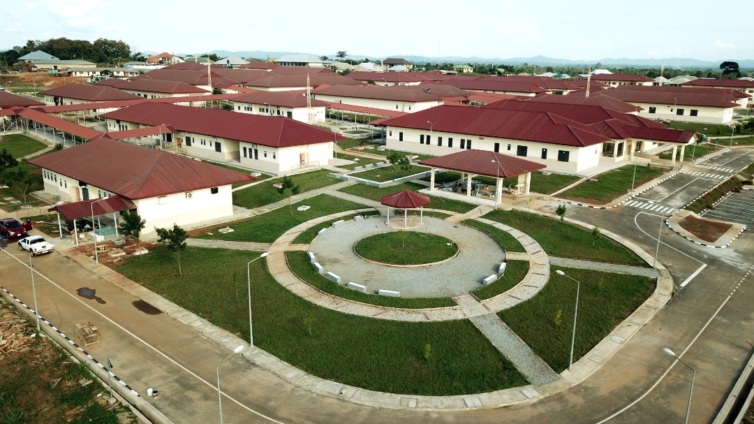Five done. Two more completed. Last two to go. This describes the delivery rate of Euroget De-Invest, the Egyptian investment company, on its nine hospital projects in Ghana.
From Wa in the Upper West Region through Tain in the Bono East Region, Tepa in the Ashanti Region, Twifo Praso in the Central Region, and Kwabenya in the Greater Accra Region, Euroget’s signature designs have become the new standard of modern hospital infrastructure in the country.
Together, these five facilities have added about 450 new beds to Ghana’s health care delivery system since 2019, while the completed but yet-to-be-commissioned hospitals at Sawua and Konongo, both in the Ashanti Region, will further beef the system with 310 beds.
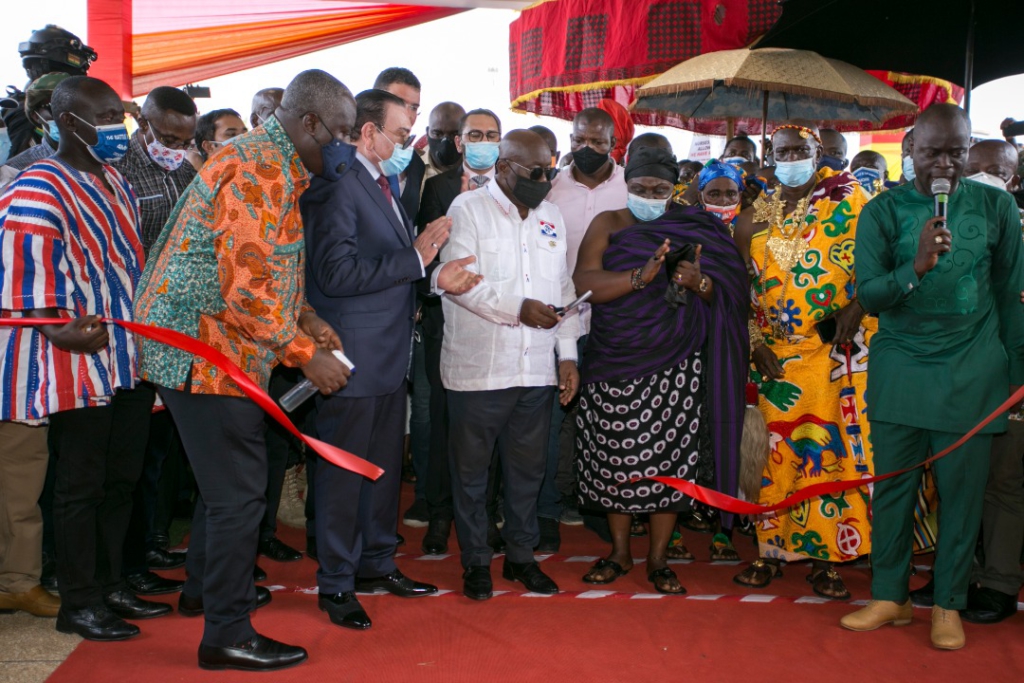
Then there is the 500-bed military hospital at Afari also in the Ashanti Region and the 60-bed hospital at Salaga in the Northern Region.
While these infrastructures are a marked upgrade on existing health facilities, their scope of competence and equipment, along with sizes provide the necessary assurance about relevance to contemporary health care delivery requirements.
The strategic spread of the hospitals is intended to serve deprived communities, and has become the investments shouldering bigger responsibilities.
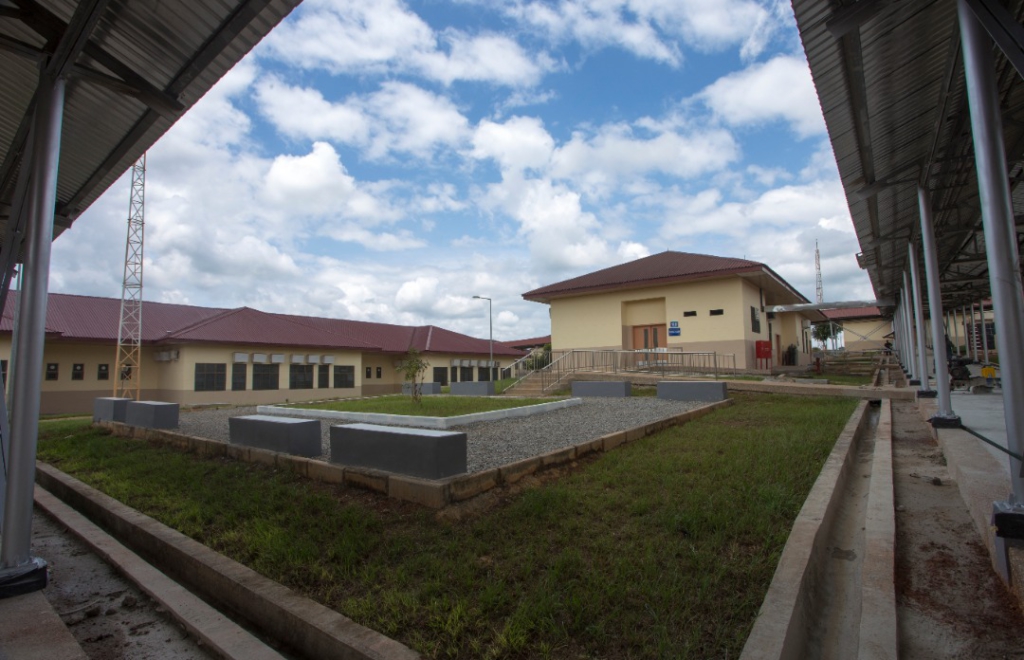
Wa Regional Hospital
The 160-bed hospital was a $61 million investment that comprises 12 different clinics, a surgical suite, laboratories, a physiotherapy unit equipped with electronic beds and nerve stimulators, a 60-room staff accommodation, kitchen for staff and patients, a laundry department, mortuary, and other ancillary facilities.
A string of sophisticated installations – including an oxygen-generating system that feeds relevant sections of the facility; a centralised and computerised airconditioning mechanism; and a multiple-source water system – make the hospital a gratifying investment.
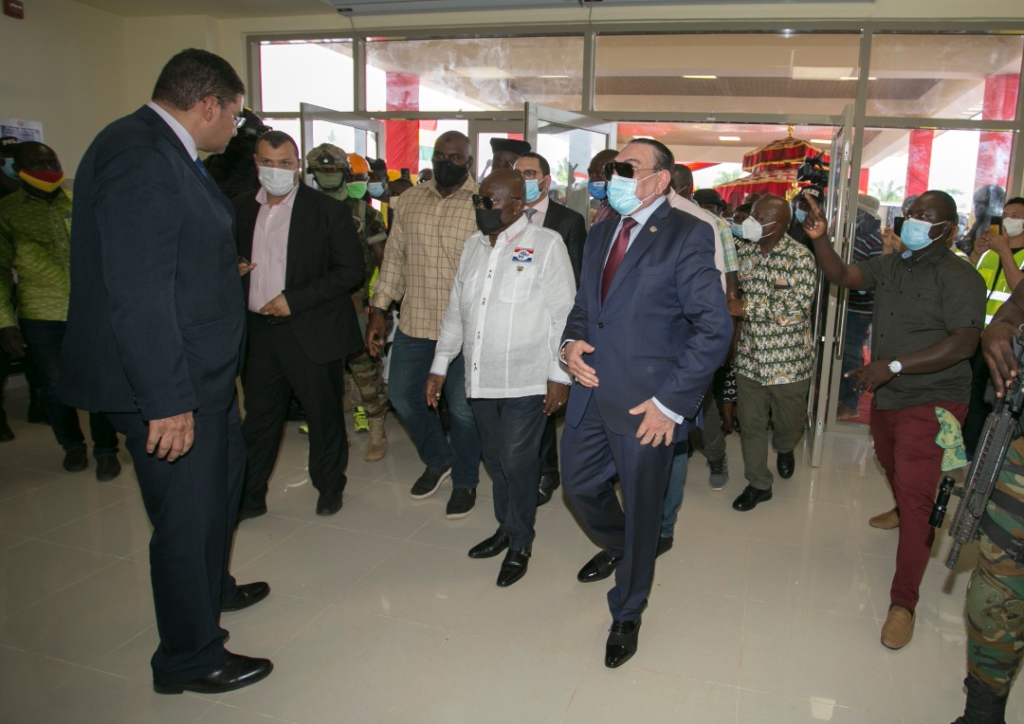
The edifice features a combination of single-storey and high-rise structures spread out on a 133,000m² land area and connected by a fine network of disability-friendly walkways, with an attractive green grass on the outside of the walls in between the drainage system.
It hosts 12 different clinics – including paediatric, maternal health, ear, nose and throat, and dental facilities, with an accompanying pharmaceutical department that has a storage space fitted with drug-preserving refrigerating equipment.
It also boasts seven different theatres: four of them on a surgical suite, two at the obstetrics and gyneacology department, and one at the emergency and casualty department.
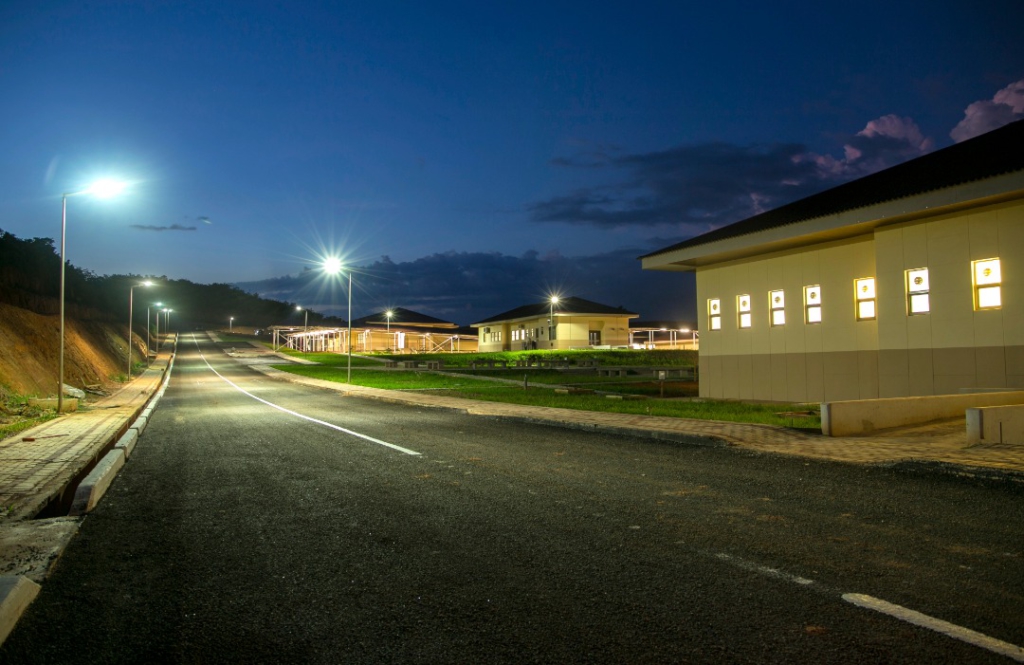
There is an administrative block, an emergency/casualty unit, a radiology unit, a laboratory and blood bank, a physiotherapy unit, a burns unit, an intensive care unit, a three-storey in-patient block, a mortuary facility, three structures of 20-unit staff accommodation and a parking space for 300 cars.
Ga East Municipal Hospital, Kwabenya
The hospital's main infrastructure is spread about 135,000 square metres of land which has 1.5 kilometres of an internal road network.
It also has parking space for 148 cars on a tarred surface.
It was intended to serve the Kwabenya, Madina, Achimota, Dome, Adenta, Ashongman, Pantang, Abokobi, and the north-eastern parts of Accra up to Aburi in the Eastern Region and its immediate environs. But when the COVID-19 crisis struck, the focus switched, albeit for the purpose.
Appropriately christened the national COVID-19 treatment centre, the Kwabenya facility hosted patients in isolation, critical care, and those on the recovery path when the rise of cases appeared to overwhelm the system.
Its current capacity spans the spectra of specialist services in dental care, ophthalmology (eye care), gynecology, pediatric care, orthopedics, and reproductive health care.
It is also equipped to provide services for x-ray, C-T Scans, and other advanced diagnostics that apply best known modern digital systems.
It also has a kitchen, mortuary, a medical waste treatment system, a water treatment plant, a sewerage treatment plant, a medical gas production system, a sterilisation area, a laundry, and a three-storey 20-unit staff bungalow.
The various buildings and clinics are connected by 900 metres of roof-protected walkways which split the otherwise compound landscaping of grass.
Ahafo Ano North Municipal Hospital, Tepa
The 60-bed hospital contains 28 medical and non-medical buildings, with four operating theatres covering different specialties.
It also has a radiology department equipped with ultrasound, echocardiography, x-ray machines; a laboratory; a maintenance unit and a central storage area.
The hospital also has a water treatment system; sewerage treatment system; medical waste treatment system; a mortuary; a kitchen; physiotherapy unit; maternity and child care unit; pharmacy; laundry and a parking space for 120 cars.
It also has a 10-unit staff housing facility.
Tain District Hospital, Nsawkaw
The 60-bed facility, worth $36.6 million, is expected to serve up to 10,000 people in the surrounding communities.
With four operating theatres covering different specialties, a radiology department equipped with ultrasound, echocardiography and x-ray machines and a laboratory, it is also serves as a referral centre for cases from the non-sophisticated health care facilities in the area.
The district hospital also has a dental clinic, as well as cardiology, ophthalmology, pediatric, gynaecology, and orthopedic departments for outpatient services, and 15 units of staff accommodation.
It has 1.2 kilometres of internal roads and 600 metres of covered walkways.
Twifo-Atti-Morakwa District Hospital, Twifo Praso
It offers the people a few 'luxuries' in a mini-market, laundry services, kitchen services, a dining hall, and a housing block for lactating mothers.
All these are part of the standard complementary facilities that include two high-tech power plants to ensure uninterrupted power supply, an ambulance station for emergency services, treatment plants for sewerage and medical waste, and a water treatment and supply system.
Ashanti Regional Hospital, Sawua
It has 43 medical and non-medical buildings, a well-laid out internal road network, 10 theatres, dental, orthopaedic, urology and andrology specialist clinics, and a 36-body capacity mortuary.
It also has a 20-unit staff accommodation, a park for 150 cars, an ambulance station, and housing for lactating mothers, with the infrastructure sited on a 12,500 square-metre area.
Asante Akim Central Municipal Hospital, Konongo
Equipped with modern installations and a wider range of medical capacity, it is expected to serve as a referral facility while absorbing some pressure off the Komfo Anokye Teaching Hospital.
It will run dental, cardiology, ophthalmology, pediatric, gynecology, and orthopaedic clinics along with four operating theatres, and a complementary 10-unit staff accommodation.
It also has a mini-market, staff dining facility, a kitchen, pharmacy, physiotherapy unit, a housing accommodation for lactating mothers, and a mortuary as contained in the standard Euroget project.
Latest Stories
-
The influence Ronaldo has on people, Cadman Yamoah will have same on the next generation – Coach Goodwin
14 mins -
Gender Advocate Emelia Naa Ayeley Aryee Wins prestigious Merck Foundation Awards
1 hour -
South Africa bursary scandal suspects granted bail
2 hours -
Ecobank successfully repays $500m Eurobond due April 18
2 hours -
Re: Doe Adjaho, Torgbui Samlafo IV, call for Unity among Paramountcies in Anlo
2 hours -
Extortion and kidnap – a deadly journey across Mexico into the US
2 hours -
Rihanna says fashion has helped her personal ‘rediscovery’ after having children
2 hours -
Development Bank Ghana targets GH¢1bn funding for commercial banks in 2024
2 hours -
Shatta Movement apologises to Ghana Society of the Physically Disabled after backlash
3 hours -
Sammy Gyamfi writes: Tema-Mpakadan Railway Project; A railway line to nowhere
3 hours -
Bright Simons: Is the World Bank saving or harming Ghana?
4 hours -
CAF Cup: RS Berkane banned from entering Algeria because of a map of Morocco with its Sahara
4 hours -
The media isn’t doing what is expected of journalism – Sulemana Braimah
4 hours -
Truck driver who caused train accident jailed 6 months
4 hours -
Music review: Okyeame Kwame proves rap dexterity on ‘No Competition’
4 hours

